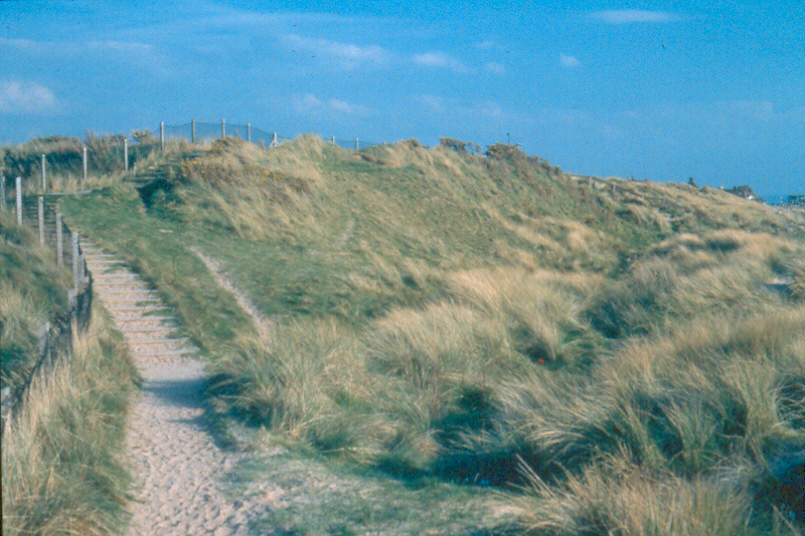CUCKOO BEE (COELIOXYS
MANDIBULARIS)
LOCAL BIODIVERSITY ACTION PLAN
Links
to associated HAPs
Coastal
sand dunes
Current
Status
This is a coastal species, a cleptoparasite
of bees in the genus Megachile, with records confined to three discontinuous
areas of Britain: the Merseyside and Wallasey area of S. Lancashire and Wirral;
South and mid Wales and South-east England.
Locally it is found in relict sand
dunes within the North Wirral Coastal Park behind the gun site car park Wallasey.
The host species here is considered to be Megachile maritima.
Apart from the general provisions
of the Wildlife and Countryside Act 1981, Coelioxys mandibularis is not
specially protected by European or British legislation.
 Threats
Threats
- Habitat loss to development.
- Habitat loss to coarse vegetation,
scrub/ woodland.
- Degredation resulting from the
effects of public pressure (dune erosion).
- Dune stabilisation schemes.
How are
we helping to conserve the Cuckoo Bee in the Cheshire region?
Objectives,
Targets and Actions
OBJECTIVES
|
LOCAL
TARGETS
|
|
1.
Maintain habitat for the host species.
2. Provide additional nesting habitat for host species.
|
Implement annual monitoring
of the species. |
ACTIONS
REQUIRED
|
- Ensure that the species
is included in site management documents for all relevant SSSIs by 2005.
- Species nest areas are outside
SSSI on North Wirral coast. Extend SSSI to cover this area or designate
new SSSI by 2005.
- Ensure Coelioxys mandibularis
requirements are taken into account in all plans and strategies affecting
the North Wirral Coast.
- Maintain a full transition
of dune vegetation and conditions allowing the natural stabilisation
of dune vegetation. Use fences or boardwalks where necessary to minimise
excessive disturbance.
- Continue any management
that contributes towards the overall character and stability of the
dune system.
- Ensure that by the end
of 2003 all relevant landowners and managers of sites with Coelioxys
mandibularis are aware of the species needs, the importance of the
species and that advice on its management is available.
- Implement regular monitoring
of the species.
- Forward information gathered
during monitoring to appropriate local and national data holders.
- Produce and distribute a
simple leaflet identifying conservation needs and aims for sand dune
invertebrate species including Coelioxys mandibularis by end
of 2003.
|
Progress
so far
| 1997
- 2006 Action Completed |
|
|
How to find
out more about the Cuckoo Bee
This plan is part
of the Wirral Biodiversity Action Plan which can be viewed at www.wirral.gov.uk/ed/biodiversity/home.htm
Contact
details
|
LBAP Chair |
Carl
Clee, NMGM
Phone: 0151 478 4283. |
| National
Lead Partner |
Countryside
Council for Wales |
| National
Lead Contact |
Mark
Parsons, Butterfly Conservation |
References
& Glossary
HMSO (1995): Biodiversity:
The UK Steering Group Report, Volume 2: Action Plans, London.
HMSO (1995): Biodiversity: The UK Steering Group Report, Volume 1: Meeting the
Rio Challenge, London.


 Threats
Threats